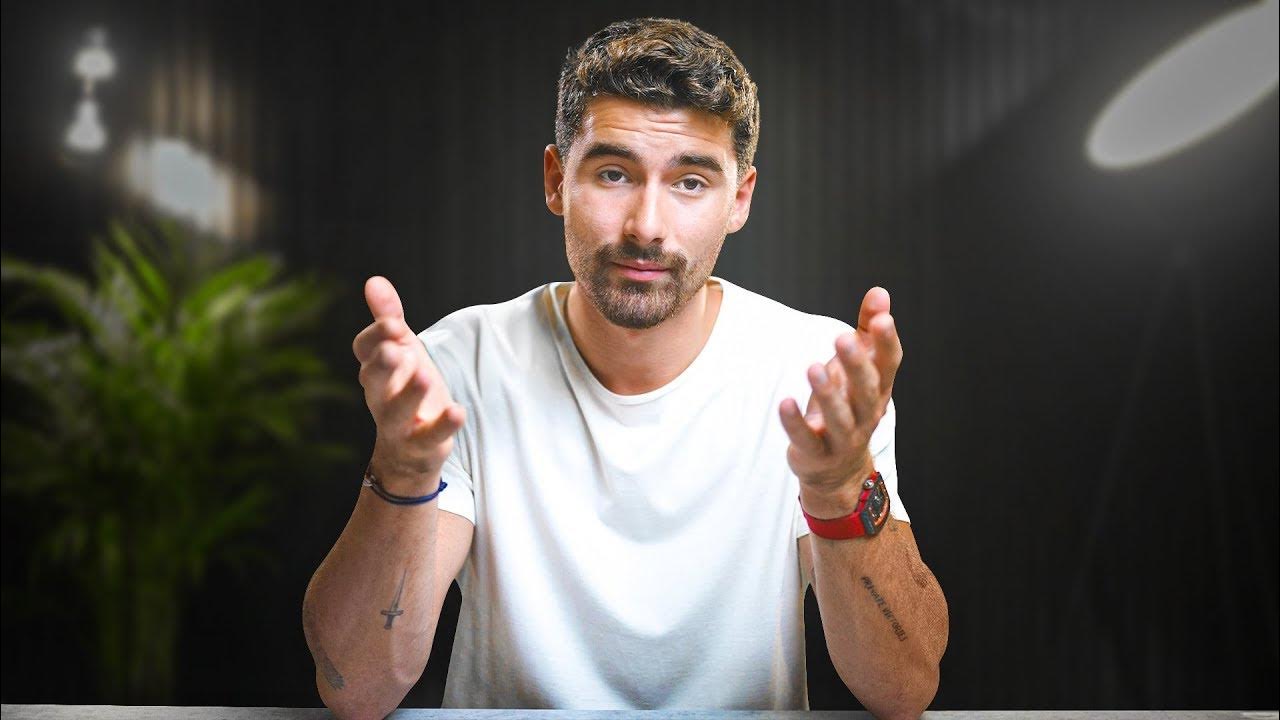Professional Salesmanship-BSBA/6 Steps in the Selling Process.
Summary
TLDRIn this educational video, Professor Alan outlines the six essential steps to professional salesmanship: prospecting, researching, approaching, presenting, handling objections, and closing deals. He explains the importance of understanding customer profiles and using effective communication strategies to overcome objections and close sales. The video is a comprehensive guide for IBSBA students to enhance their sales skills.
Takeaways
- 💼 The six steps in the selling process are essential for becoming a good salesperson.
- 🔍 Step 1: Prospecting involves identifying potential customers, using referral or non-referral methods.
- 🧐 Referral prospecting involves getting referrals from friends, coworkers, and associates, while non-referral prospecting includes reaching out to people you know, old clients, and strangers.
- 📊 Step 2: Researching requires gathering vital information about prospects, such as their personal details, financial resources, buying patterns, and personality types.
- 📞 Step 3: Approaching the prospect involves contacting them through phone, email, or in-person, introducing products, and highlighting consumer benefits.
- 🖥 Step 4: Presentation should establish legitimacy, rapport, highlight product benefits, and engage the client with a customized approach.
- 🙋♂️ Step 5: Handling objections includes preparing answers, listening carefully, staying calm, being friendly, and offering reassurances.
- 🔒 Step 6: Closing the deal requires recognizing buying signals, such as the client asking about product details, price, and payment options.
- 💬 Recognizing buying signals such as nodding, asking for details, or negotiating indicates readiness to close the deal.
- 👍 Sales presentations should be rehearsed, focused on the client's needs, and provide the client with a printout of the details.
Q & A
What is the main topic of the video?
-The main topic of the video is 'professional salesmanship', focusing on the selling process and techniques for effective sales.
How many steps are there in the selling process according to the video?
-There are six steps in the selling process: prospecting, researching, approaching the prospect, presentation, handling objections, and closing the deal.
What are the two types of prospecting mentioned in the video?
-The two types of prospecting mentioned are referral prospecting and non-referral prospecting.
What is referral prospecting?
-Referral prospecting is based on recommendations from friends, officemates, and associates, where they refer potential customers interested in products and services.
What does researching involve for a salesperson?
-Researching involves gathering vital information about prospects, including personal details, financial resources, buying patterns, and personality types.
How can a salesperson approach a prospect?
-A salesperson can approach a prospect through phone, email, or in person, introducing themselves, their products and services, explaining benefits, offering discounts or rewards, and demonstrating the product.
What are the 11 essentials of an effective presentation as outlined in the video?
-The 11 essentials include establishing legitimacy and expertise, establishing rapport, mentioning all benefits, having conviction, being clear and precise, being creative, customizing the presentation, keeping the client interested, allowing the client to speak, providing a printout, and rehearsing and critiquing the presentation.
How should a salesperson handle objections from customers?
-A salesperson should prepare responses to objections, listen to the client, respond promptly, keep a cool head, be friendly, skip to the point, reassure the client, allow concessions, make referrals if necessary, and maintain contact with the client.
What are buying signals that indicate a prospect is ready to close a deal?
-Buying signals include closely examining the product, asking for more details, nodding in agreement, smiling, asking about delivery or installation, negotiating price or discounts, asking for assurance on quality or durability, and inquiring about payment methods and company policies.
What is the final step in the selling process discussed in the video?
-The final step in the selling process is closing the deal, which involves recognizing buying signals and responding appropriately to secure the sale.
Outlines

This section is available to paid users only. Please upgrade to access this part.
Upgrade NowMindmap

This section is available to paid users only. Please upgrade to access this part.
Upgrade NowKeywords

This section is available to paid users only. Please upgrade to access this part.
Upgrade NowHighlights

This section is available to paid users only. Please upgrade to access this part.
Upgrade NowTranscripts

This section is available to paid users only. Please upgrade to access this part.
Upgrade NowBrowse More Related Video
5.0 / 5 (0 votes)





